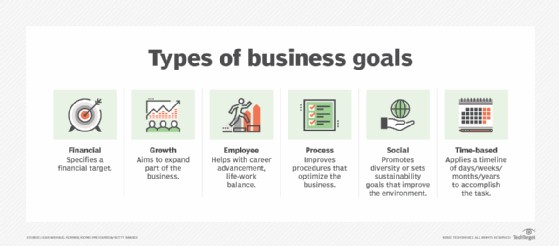A Proof of Concept (POC) is a project that demonstrates the feasibility of an idea or concept. It focuses on determining if an idea can be realistically transformed into a working product or service. Unlike other stages of product development, the primary goal of a POC isn’t to assess market demand or identify the optimal production method. Instead, it’s centered on validating the technical and practical viability of the concept. Furthermore, a POC allows stakeholders to evaluate the potential financial benefits of the project.
POCs are integral to an organization’s product development lifecycle. Typically, they are small-scale initiatives, often managed by employees or team leaders. Project managers can utilize POC documentation as a framework for establishing a structured product development process. Industries such as hardware, pharmaceuticals, manufacturing, science, and engineering widely employ POCs to assess the potential of ideas before committing to extensive testing and, ultimately, full-scale production.
A POC usually demands time, resources, and supporting technologies or physical components. With its emphasis on project feasibility, a successful POC should prove that the core concept aligns with customer needs and business objectives. Throughout the POC process, teams should actively gather user feedback and insights. The terms “proof of concept” and “proof of principle” are often used interchangeably.
Why Proof of Concept is Important
A Proof of Concept is the initial checkpoint where an organization can assess the likelihood of an idea’s success. By undertaking a POC, companies can determine the practicality of a concept before allocating substantial resources to an unproven hypothesis. This early validation helps minimize risk and optimize resource allocation.
Developing a POC assists a product owner in identifying potential technical and logistical challenges that could hinder success. An organization can also gather internal feedback on a product or service while mitigating unnecessary risks.
Consequently, stakeholders can evaluate design choices early in the development process. A successful POC can be used to persuade stakeholders, managers, or investors that the underlying idea is worth pursuing.
For instance, in software development, a POC demonstrates the technological feasibility of an idea. For startups, a POC can highlight financial viability. If a POC fails to meet an organization’s standards, the organization avoids wasting time and money on an idea that won’t satisfy its requirements.
Key Steps in Creating a Proof of Concept
While there’s no universally standardized process for writing a Proof of Concept, a POC plan should generally outline how the proposed product or service supports organizational goals, financial targets, and other business requirements. Here’s a general outline:
-
Define the POC Idea: Clearly articulate the idea’s objectives, goals, and required resources. What problem is it solving? What are the expected outcomes?
-
Determine the Scope: Establish the boundaries of the POC process to ensure a focused and clear evaluation of the project.
-
Define Success Criteria: Set specific and measurable criteria for success, incorporating relevant use cases within the scope.
-
Identify the Team: Assemble the involved team, including decision-makers, production personnel, and key stakeholders.
-
Estimate Time and Effort: Estimate the duration of the POC and the level of effort required for the project.
-
Evaluate the POC: Collect user feedback and team insights to identify areas for improvement before proceeding with full development.
-
Develop a Proposal: Create a plan for moving forward if the POC proves successful.
A well-structured POC is crucial for maximizing the chances of a product or service’s successful execution. It should answer key questions:
- Can the idea be reliably produced?
- Is there a potential market for the idea?
- Will the idea function as predicted?
- What technology is required to implement the idea?
- What potential feedback might be received?
Proof of Concept vs. Prototype: Understanding the Difference
Although the terms “proof of concept” and “prototype” are sometimes used interchangeably, they represent distinct processes with different objectives.
The primary purpose of a proof of concept is to determine the feasibility of an idea and ensure its functionality. It’s about validating the concept.
Conversely, a prototype is used to test the usability, functionality, and design of a working model. Prototypes are not expected to possess the same features, functions, usability, or aesthetics as the finished product. Instead, they provide stakeholders, such as project managers, executives, and potential investors, with a tangible representation of the final product. A prototype allows makers to refine the product’s development before full-scale production.
In essence, a POC proves the viability of an idea, while a prototype demonstrates the practicality of its production. Similarly, a Minimum Viable Product (MVP) follows a successful POC. MVPs are early versions of the final product, more refined than prototypes, allowing potential clients and users to test and provide feedback on marketability and usability.


